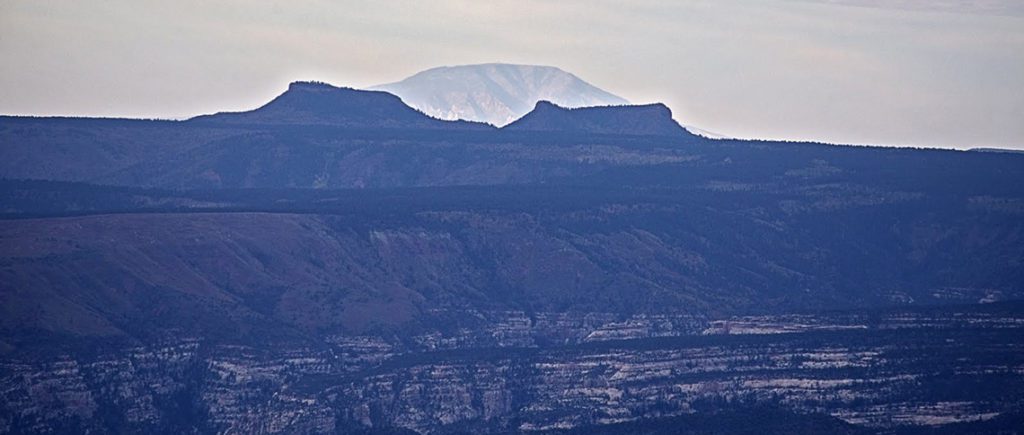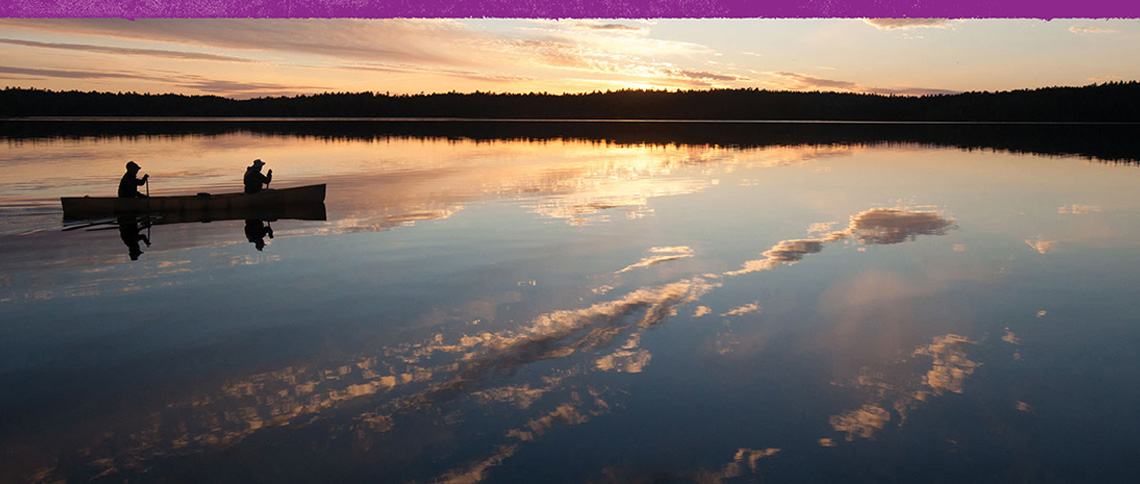A year ago, we made a public statement to acknowledge the responsibility that comes with distributing money and that funders often unintentionally reinforce systems of oppression through grant making. We committed to understanding the dynamics at play in conservation philanthropy so that we can help break cycles of injustice. Today, we’re sharing our second update. Read our first update from December 2020.
.
.
Where We’ve Been
Last October, we began a partnership with Marcelo Bonta, and in February, The Conservation Alliance Board and staff participated in a two-day JEDI training session. Marcelo guided us through a process of grounding ourselves in why this work is important to us personally, why it’s important for The Conservation Alliance, and how our organization wants to show up in the years to come. Marcelo’s consulting business is called “J.E.D.I. Heart” and true to the name, he challenged our group to move out of our perfectionist-thinking minds and into a vulnerable and authentic space. Showing up in this way resulted in a deeper understanding of each other and a unified commitment to working together to create a more just and equitable world.
In March, we transitioned to phase two of our partnership. Marcelo shifted from an educating to a coaching role and we’re now collectively taking the lead in our journey. This experiential approach to transformation is challenging us to move beyond our comfort zone as we address near-term opportunities to diversify our board, make our grant-making program more equitable and inclusive, and evolve our communications.
.
Where We’re Going
BOARD
To diversify our board, we began with building a matrix of our current board’s skill-sets and demographics to better understand the exact profile of the gaps we’re trying to fill. Through this process, we’ve come to understand the importance of knowing exactly what we’re looking for in a board member. This ensures we are truly bringing new perspectives and lived experiences to our leadership team, while avoiding the common mistake of tokenizing and undervaluing the skills, talents, and perspectives of potential board members of color.
Based on this matrix, we’re tapping into our networks to identify potential candidates with specific skill-sets who also represent racial diversity. Through recent staff hiring processes, we also recognized the need to expand our networks and intentionally build them to be more racially diverse.
.
GRANTS
We made several changes to our grant program in November at the start of our Winter 2021 grant cycle. We expanded the list of qualities that we’re looking for in projects we fund to specifically invite Indigenous-led projects, projects that benefit people who identify as Black, Indigenous, and People of Color, and/or organizations that work directly with BIPOC communities. We asked applicants to describe their journey to address justice, equity, diversity and inclusion, and how their organization has changed because of it. Applicants were also invited to submit a letter of support from one of their BIPOC partners, if applicable.
In our slate of applicants in the Winter 2021 grant cycle, 15 out of 55 organizations submitted formal letters of support from BIPOC partners, and 11 of those 15 made it to final review. Asking for support letters from BIPOC partners is an opportunity for us to understand the depth of the partnerships between applicants and the communities they serve.
During the Winter 2021 grant cycle, we funded three BIPOC-led organizations. In the year prior, we did not fund or receive any grant applications from BIPOC-led organizations. This tells us, as we’ve seen in our board recruitment and hiring processes, that we have an opportunity—and a responsibility—to expand and diversify our network. In 2021, $525,000 of our $1,120,000 in grants awarded have supported BIPOC groups directly or projects that directly benefit BIPOC communities. Understanding these numbers helps us broaden our awareness of BIPOC organizations working in conservation and track who is benefiting from our grant program.
Yet, tracking the grant dollars flowing to BIPOC organizations and communities is just one data point. We know that having more diversity in our pool of grantees does not ensure an equitable grant program. Thanks to our new grantees and their partners, we’re building relationships with new conservation partners, and we’re investing in relationships by conducting outreach to new organizations and indigenous groups. We have made connections and introductions between BIPOC orgs and other funders. We are also working with a third party organization called the Center for Effective Philanthropy to collect data and feedback from our existing grantees to gain a baseline of understanding of our grantees and their own JEDI journey, goals, and funding needs.
Our Grants Committee is currently building a new grant program that will open us up more to the full diversity of groups and communities working on conservation. Establishing the framework for this program has proven to be a complex and continuously evolving process. We hope to share more details in the coming months.
.
COMMUNICATIONS
We added a new Communications Committee to our JEDI task force in April. This committee will be taking the lead on future communications with a goal of bringing our community along with us on this journey.
We are currently co-developing our JEDI statement to articulate our vision and our “why” around this work. As we continue on this path, we will share our progress and learnings via periodic updates through our communication channels.
Our biggest lesson in this has been patience. Gathering information and understanding how to apply it to our programming is emotional and reflective work, which pushes against our sense of urgency mindset and tendency to measure success only based on deliverables and products. We are also taking an inclusive approach, which takes time—and is our commitment to embodying JEDI. Thank you for your patience and support, and for continuing to engage with us in this work.




